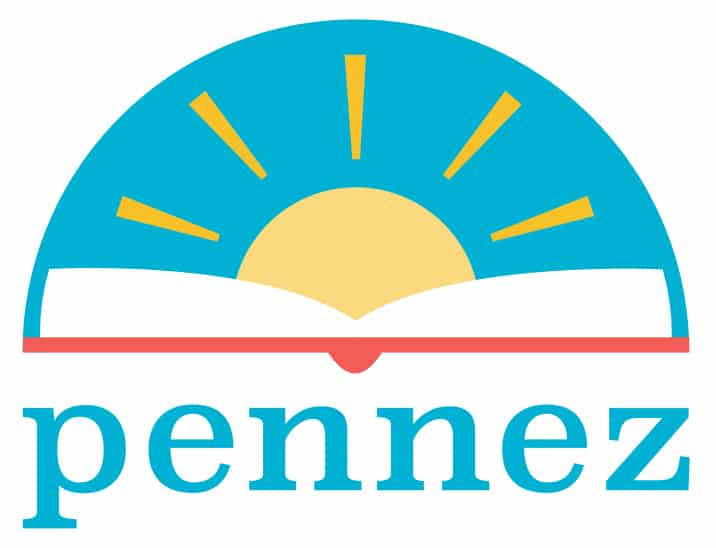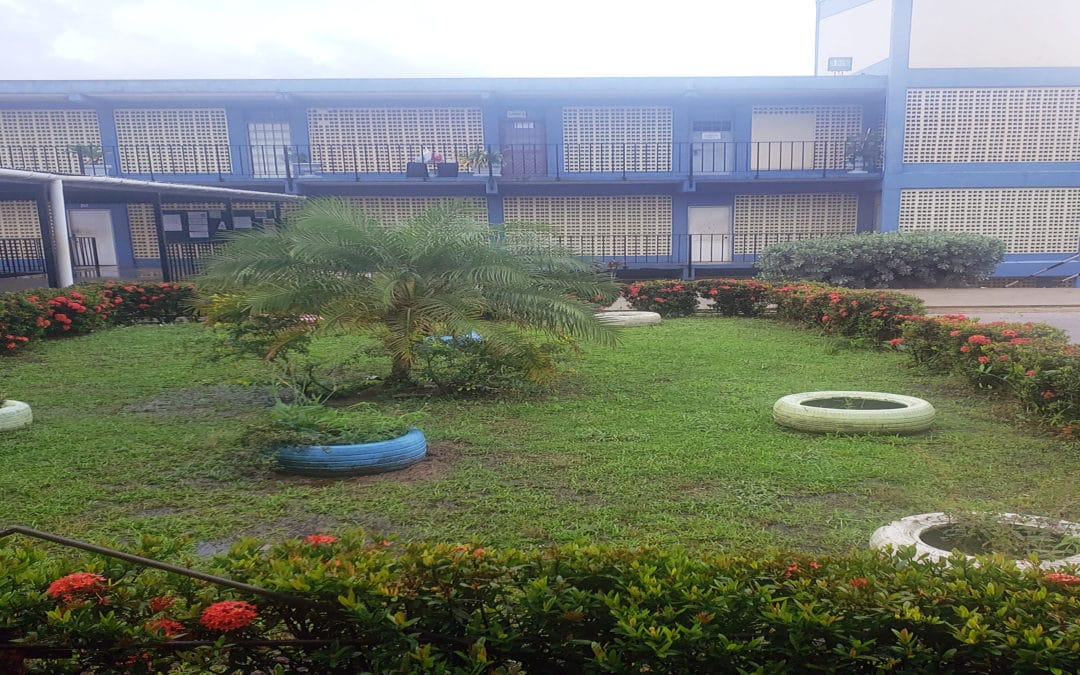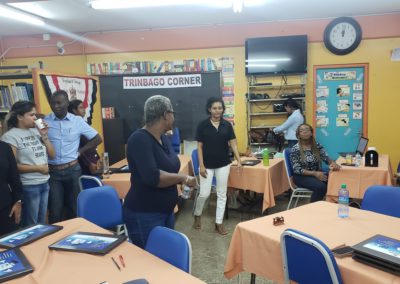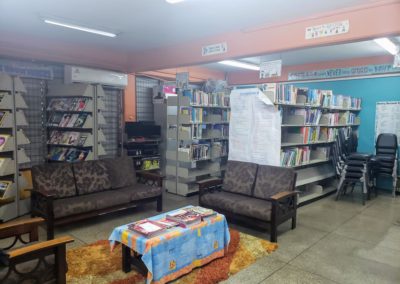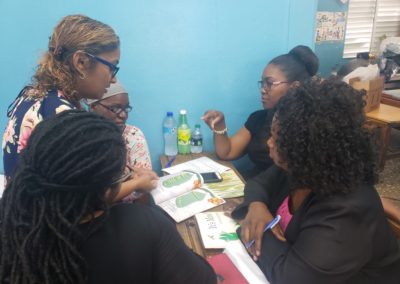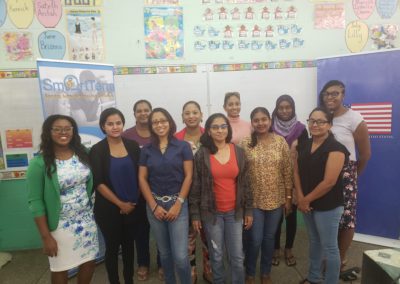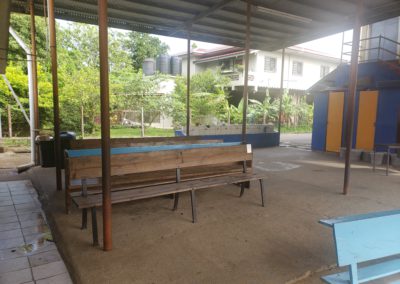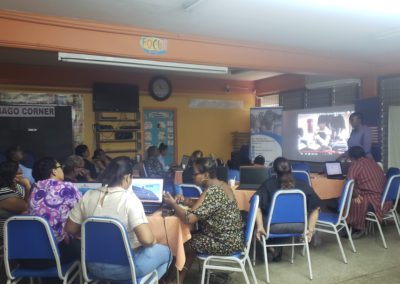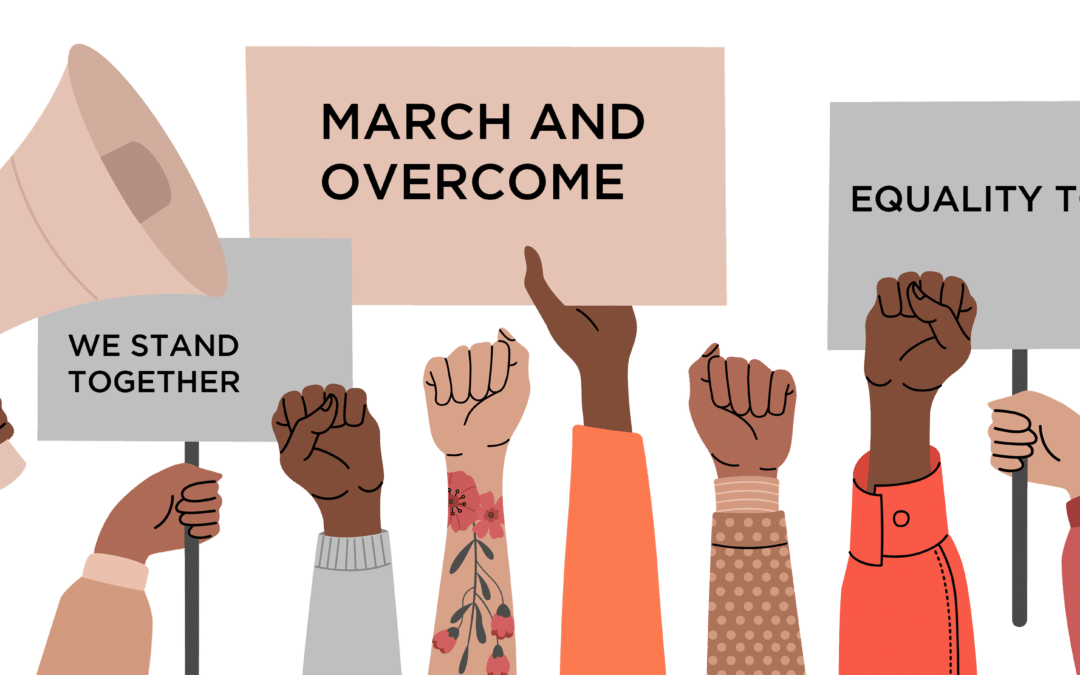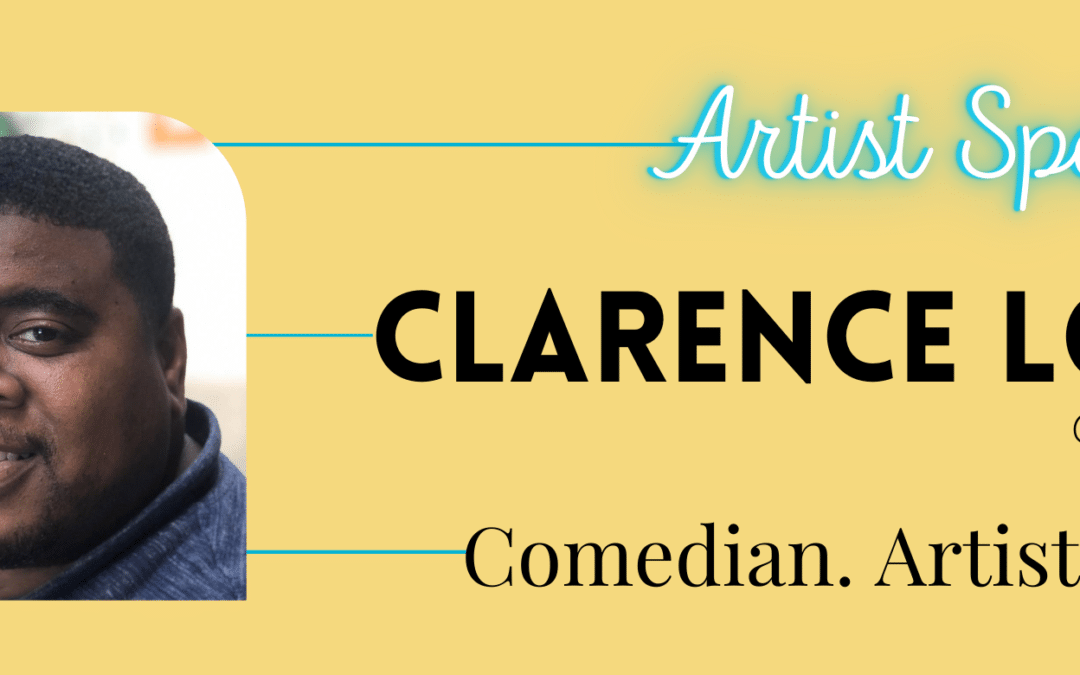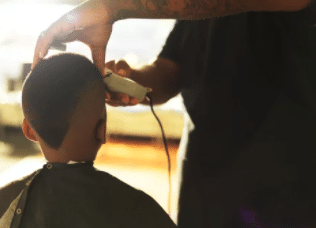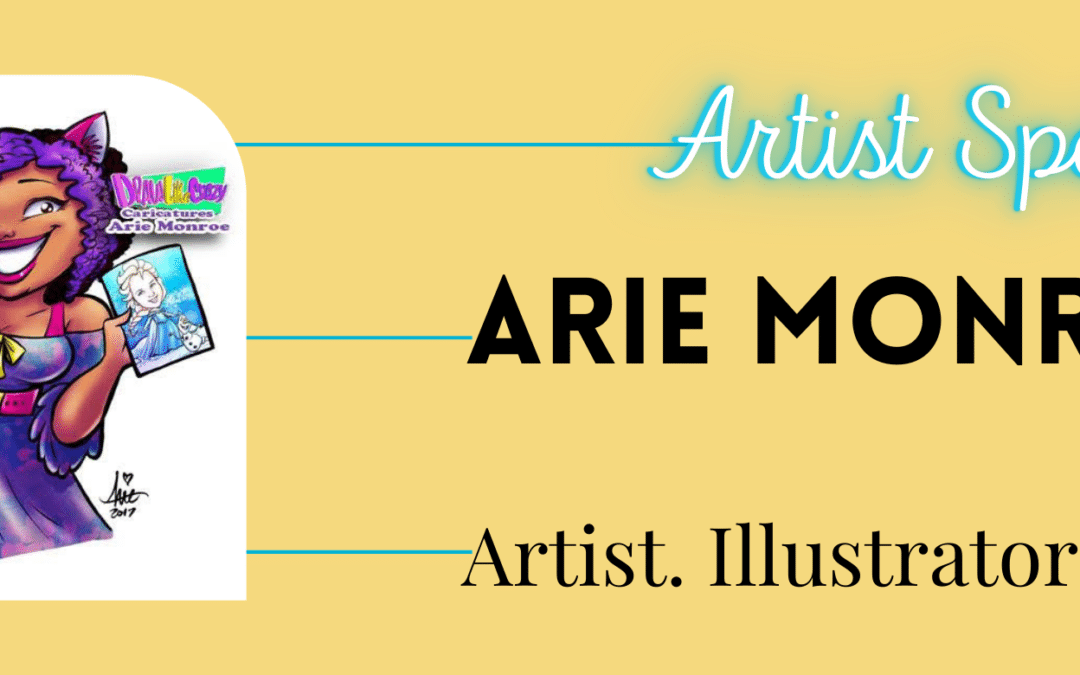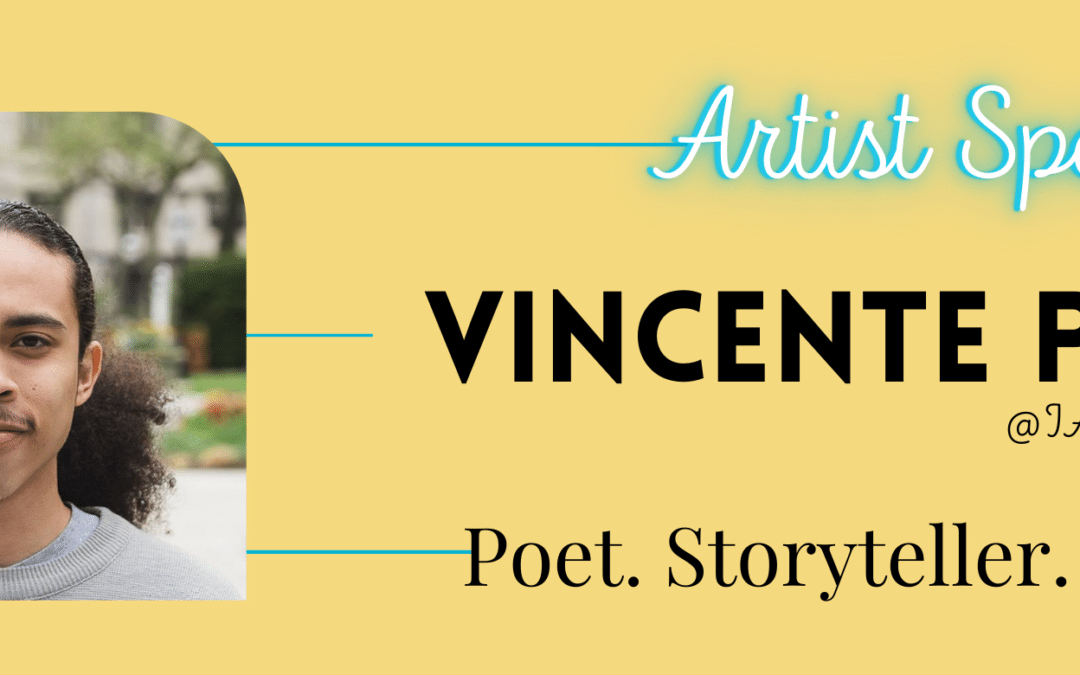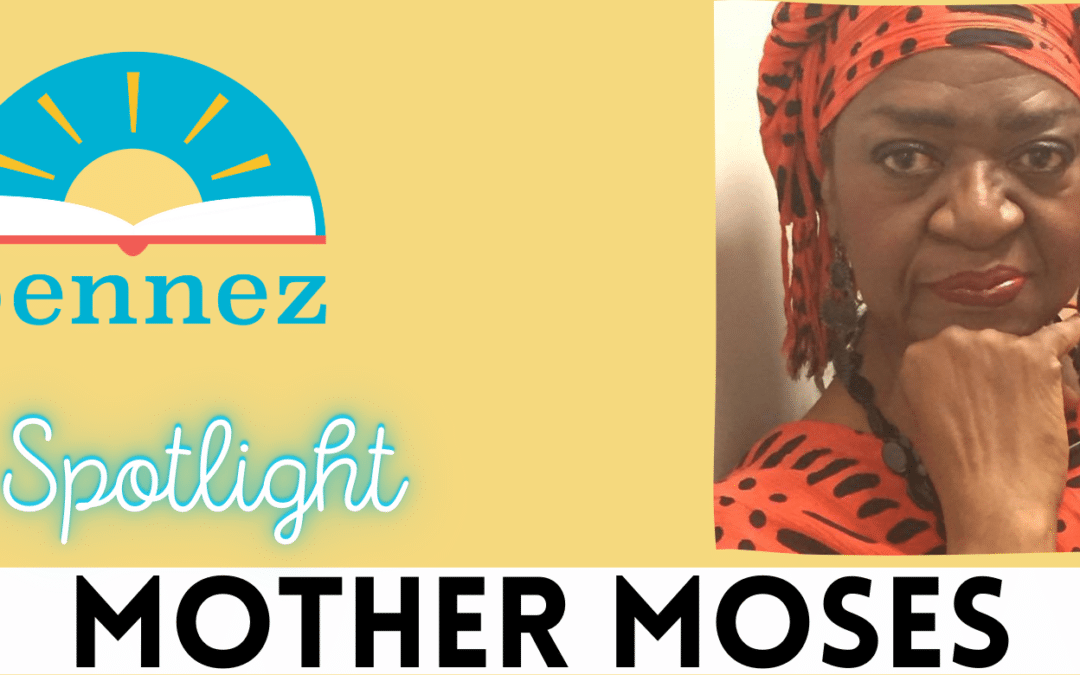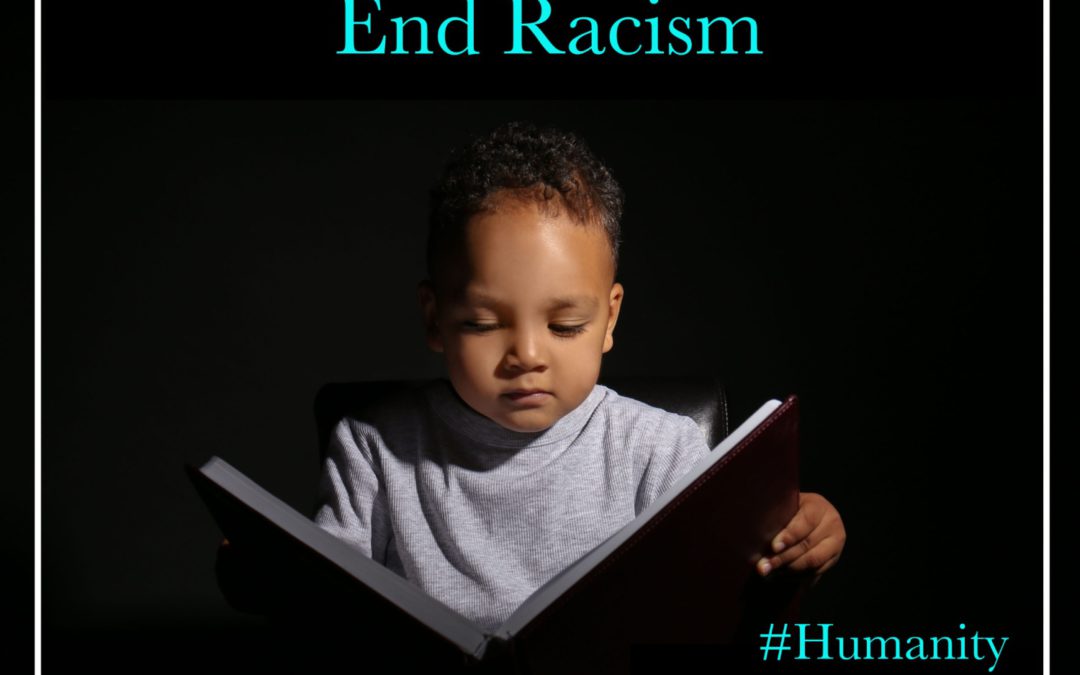
Teen Books on Social Justice
With racial injustice and social turmoil brought upon Black Americans, it is our hope that these books can provide clarity, inspiration, and better understandings. There is no ignoring what has occurred to George Floyd, Breonna Taylor, Ahmad Berry, Emmet Till, and the thousands of other African Americans who have had their lives shifted due to racism and inhumane ideologies. For centuries, leaders and other unspoken heroes have spoken out. Thankfully, in 2020, more and more books are being produced so that narratives and experiences are not forgotten. Specifically, learn from these leaders so that the historical trauma does not continue to transpire for future generations.
A suggestion on building comprehension when youth are reading these books. Ask questions for building understanding:
Building Connections Reading Strategy: What does this remind you of? What is happening in this book that is similar to experiences today? Is there another book with a similar setting? Tell me about an experience that is similar?
Real World Vocabulary: First Amendment, Freedom of Speech, Peaceful, Protests, Freedom of Assembly, Civil Rights Movement, Justice, Vote
Below is a list of books focusing on historical and present day experiences.
HISTORY OR BIOGRAPHY BOOKS
1. March, Trilogy, by John Lewis and Andrew Aydin
This trilogy of March is a visual biography about John Lewis’ beginnings and rise to challenging racism and social justice. He was a president of the SNCC (Student Non-Violent Coordinating Committee) where he believed nonviolent protests would make a change. Book One discusses Lewis’ his upbringings and his fire for public speaking on his family farm. Book Two displays the organizations of the protests and how the March on Washington came to be. Book Three highlights details about stories that were national headlines such as: Selma, the organization of the Mississippi Freedom Democratic Party, the signing of the 1965 Voting Rights Act, the assassination of Malcom X, and even his experience of his travels to Africa. A highly emotional book, but places the glue so that the reader can see connections from the past to the present.
2. Sit-in, by Andrea Davis Pinkney
“Practicing peace while others showed hatred was tougher than any school test.” This book highlights the young men who were frustrated with living in a segregated society and community. David, Joseph, Franklin, and Ezell sat at the lunch counter at Woolworth’s in 1960 and days on end as a form of protesting to live a nation freely. Their sit-ins inspired thousands of other college students to participate as well. You can find much more if you research Ella Baker who was one of the founding members of the Student Nonviolent Coordinating Committee.
3. What Do You Do For a Voice Like That? By Chris Barton
The Story of Congresswoman Barbara Jordan
This biography story highlights the key parts of Ms. Barbara Jordan’s life. She was born in 1936 where Jim Crow, rebuilding of black communities, and coming out of America’s economic downfall. Jordan always had a knack for speaking. Her education involved legal studies, but she wanted more than that. So after running three times, Jordan became the first African American state senator since 1883, and the first black woman elected. “She delivered, battling to protect the rights of Mexican American voters and others against discrimination.” Barbara Jordan served our nation so that others could be free by using her voice.
4. Malcolm Little, The Boy Who Grew Up to Become Malcom X, by Ilyasah Shabazz
Malcom X’s daughter writes intimate details on how Malcom X’s early upbringings. The humanity and lessons of Malcom X’s mother and father are displayed. His father studied Marcus Garvey and spoke out at rallies about social justice. His father built his house, and worked hard to care for the entire family. Little’s mother believed in the power of literacy where she read to her children, taught them how to garden, and educated her children at home about morals and values. This story unpacks Malcom Little’s life from when he was a young boy to a high school adolescent. This story displays the life that made him who he was.
5. The Oldest Student, How Mary Walker Learned to Read, by Rita Lorraine Hubbard
Mrs. Mary Walker lived a full life. She was born in 1848 as a slave. At 15 years old, she was free. But as you know, free slaves were still oppressed for at least 100+ years. So the work that she did most of her young life was a cook, and cleaned homes. Walker’s life started off dark, but it grew brighter as she aged. She raised 3 boys of her own. She was a faithful member of her church. For more than 100 years of her life, she still could not read. At the age of 114, Mary was determined to read. At the age of 116, Walker read! She was featured in highly acclaimed magazines. She received recognition from her city and even the President of the United States. One of her most memorable gifts was that she was given her first airplane ride. Walker believed, “You are never too old to read.”
6. Roll of Thunder, by Mildred D. Taylor
The author writes, “I have tried to present a history of my family as well as the effects of racism, not only on the victims of racism, but also on the racists themselves.” This story was published in 1976. This story discusses important truths on how Black people lived in the Deep South and the direct effects of racism.
7. Light It Shine, by Andrea Davis Pinkney
Learn about the lives of Sojourner Truth, Biddy Mason, Ida B. Wells-Barnett, Mary McLeod, Fannie Lou Hamer, Shirley Chisholm, and a few others. Pinkney shares narratives about these heroic women who shifted the narrative of the roles of Black women in America’s history.
8. One Crazy Summer, by Rita Williams Garcia
Delphine and her sisters are spending the summer in Oakland, California, 1968. She is witnessing conversations, discussion, and strategies of the Black Panther Party Movement during the summer of 1968. Delphine and her sisters are fed during the Panther’s Free Food program. She had good times, but just like other leaders she witnessed members being thrown into jail or murdered by the police. She learned the Black Panther Movement was to free the minds of Black people and to unite them. Author Garcia brings an innocent view of a party that shifted the narrative for the oppressed living in America.
You can learn more here on history.com about the Free Food Program.
9. Superman Smashes the Klan, by Gene Luen Yang
A graphic novel displaying the lives of Asian Family (Tommy & Roberta), Superman, and Chuck (Ku Klux Klansmen son) in 1946. This book has multiple stories taking place: Superman learning about how he was brought to Earth, the racism Tommy and Roberta’s family face for being Chinese, and gatherings of the Ku Klux Klan. Yang provides historical context at the end on how Blacks were targeted post slavery, and how Chinese immigrants and allies were targeted by Klansmen.
TOPICS ABOUT JUSTICE AND RACIAL EMPOWERMENT
10. Woke, A Young Poet’s Call to Justice, by Mahogany L. Browne
A collection of poems by Ms. Brown, Elizabeth Acevedo, and Olivia Gatwood Brown writes, “To be WOKE is to understand that equality and justice for some is not equality and justice at all. We must stay alert. The concept of being WOKE has always been a compass for community leaders and members.” These wordsmiths wrote heart-felt poems to activate the minds for our youth about social justice challenges. My favorite poem is “A Me-Shaped Box.” I love how it justifies how our world is filled with people living in boxes: houses, cars, shoeboxes, placing letters, and even imaginary boxes. The authors encourage readers to live without boxes so that stereotypes dissolve.
11. Say Her Name, by Zetta Elliott
Poems to Empower
Say Her Name draws inspiration from modern-day events as well as historic events written from the 1960s and 1970s to address the lives of Black people. Elliott conquers bold ideas and philosophies into this book of her own poems. A teenage girl or boy can read this text to deepen their understanding on how our society came here. “Say Her Name” integrates national and international racial challenges inspired from The Black Panther film, Ida B. Wells, Black Feminists, Martin Luther King, James Brown, Phyllis Wheatley, incidents such as Trayvon Martin and so many others. Reading this book of poems with an understanding on the background of many of these poems so that one can research more.
12. The Undefeated by Kwame Alexander, Illustrated by Kadir Nelson
The Undefeated is a picture book spoken of the unspoken and spoken African Americans. Illustrator Kadir Nelson showcases individuals from slavery, Civil War, Reconstruction, Peaceful Protestors/Activists, Athletes, Artists, and many more. The images and text support one another to welcome the visual and written narrative of Black people from history.
13. Something Happened in Our Town, Written by Marianne Celano, Marietta Collins, and Ann Hazzard
A Child’s Story About Racial Injustice
A Realistic Fiction text on how families (1 white, 1 black) discuss the social unrest of Black Americans. Their notes detail, “This book provides messages of empowerment and positive community support, which help children to maintain a sense of balance and safety in our imperfect world.” The conversation is viewed through one family’s eyes and another. Take this book as a guide on how and why things are occurring in our present-day.
14. We Rise, We Resist, We Raise Our Voices, Edited by Wade Hudson & Cheryl Willis Hudson
A conglomeration of poems and stories written by diverse authors and wordsmiths. This book features approximately 52 wordsmiths who share positive messages, experiences, and empowerment so that youth can see one another beyond the stereotypes. The selections of these text include titles such as “All Nations Are Neighbors and I Wonder,” “The Art of Mindfulness,” “Find A Friend,” “A Talkin To.”
15. Take the Mic, Edited by Bethany C. Morrow
Topics that are complex and large are broken down into realistic fiction stories and poems. Authors discuss their experiences regarding Ancestral lands and heritage, Gentrification of Spanish, Black Lives Matter, Muslim heritage, Immigration, gender, LGBTQ, home & place, and more. If you want to have a young reader learn about experiences from a variety of individuals, then Take the Mic has a multitude of stories.
Reading Guide
Download additional tips on reading these contemporary books.
